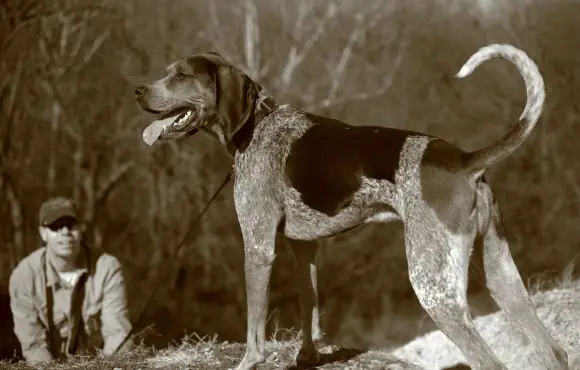Don't fall victim to a careless mistake. Always remember these 10 important tips, so you and your loved ones stay safe while hunting.
1. Be familiar with your firearm.
2 of 11
This includes knowing how to carry your weapon safely while you're traveling, how to load it properly and being comfortable with the amount of recoil once it's fired. If you have a new weapon, it's always a good idea to practice shooting it in a safe, controlled environment (such as a shooting range), before taking it out on a hunting trip.
2. Always practice and preach firearm safety.
3 of 11
Most hunting-related accidents occur from carelessness. Even if you've been on a hundred hunting trips, practicing extreme caution with your firearm and preaching firearm safety to those around you will promote a safe environment and prevent needless injury.
Basic firearm safety tips include:
• Always handle every firearm as if it were loaded.
• Keep your finger away from the trigger unless you intend to shoot.
• Point the muzzle in a safe direction, always away from another person.
• Keep your safety on until you're ready to fire.
• Be 100 percent sure of your target and know what is beyond your target before you decide to shoot.
3. Keep your cell phone on you and not in your pack.
4 of 11
Believe it or not, more hunting-related deaths are caused by injuries sustained from tree-stand falls than they are from firearm safety. If your phone is in your pack up in the tree stand and you happen to fall, you'll have no way to call for help. Always keep your phone in your pocket to be on the safe side.
4. Use a full-body harness.
5 of 11
Whenever you're climbing or descending from a tree stand, you should always wear a full-body harness to avoid injury. Most hunters make the mistake of removing the harness when sitting or standing in the tree stand, which is when accidents occur. For this reason, you should keep the body harness secure at all times.
5. Conduct frequent repairs on your tree stand.
6 of 11
You should perform an inspection of your tree stand at least once a year. This includes checking your steps, your harness and any other parts that could be worn or loose. Always conduct repairs with at least one other person present and take basic precautions to avoid a fall.
6. Make yourself known to other hunters.
7 of 11
Always make sure other hunters in your area are aware of your presence in order to create a safe environment for everyone. This includes wearing visible clothing or hunting vests and hats that are bright orange or red. Make sure to also raise your voice when other hunters are in the area and whistle or make other noises when you're walking through hunting areas. If you have a dog with you, make sure it is visible as well.
7. Check the weather.
8 of 11
Getting stuck in an unexpected snowstorm can put you at risk for hypothermia if you aren't prepared. Before you leave the house, check the forecast and make sure no storms are predicted for your area. During the colder months, wear layers that can be added or removed. Don't forget a waterproof outer layer.
8. Know the hunting seasons and what land you're allowed to hunt.
9 of 11
Whether you're hunting deer, dove or ducks, you'll need to make sure you're in the right season before you plan your trip. Seasonal hunting laws can vary slightly depending on your state of residence, so check with your state's wildlife department for the exact dates, and always make sure you have the appropriate hunting license before you set out on your trip.
9. Have a hunting trip plan.
10 of 11
A trip plan can be as simple or as detailed as you like, but just make sure that at least one person knows where you're going and what time you plan to return. It may also be a good idea to provide specific route details, what equipment you're carrying and who to contact should you not return at the expected time.
10. Always bring the essentials.
11 of 11
There are some things you should always have with you no matter what time of year it is. To stay safe, carry these items in your pack when hunting:
• A cellphone or satellite messenger in a waterproof bag.
• A first-aid kit.
• A waterproof fire-starting kit.
• Extra clothing, including a rain jacket.



Discuss This Article